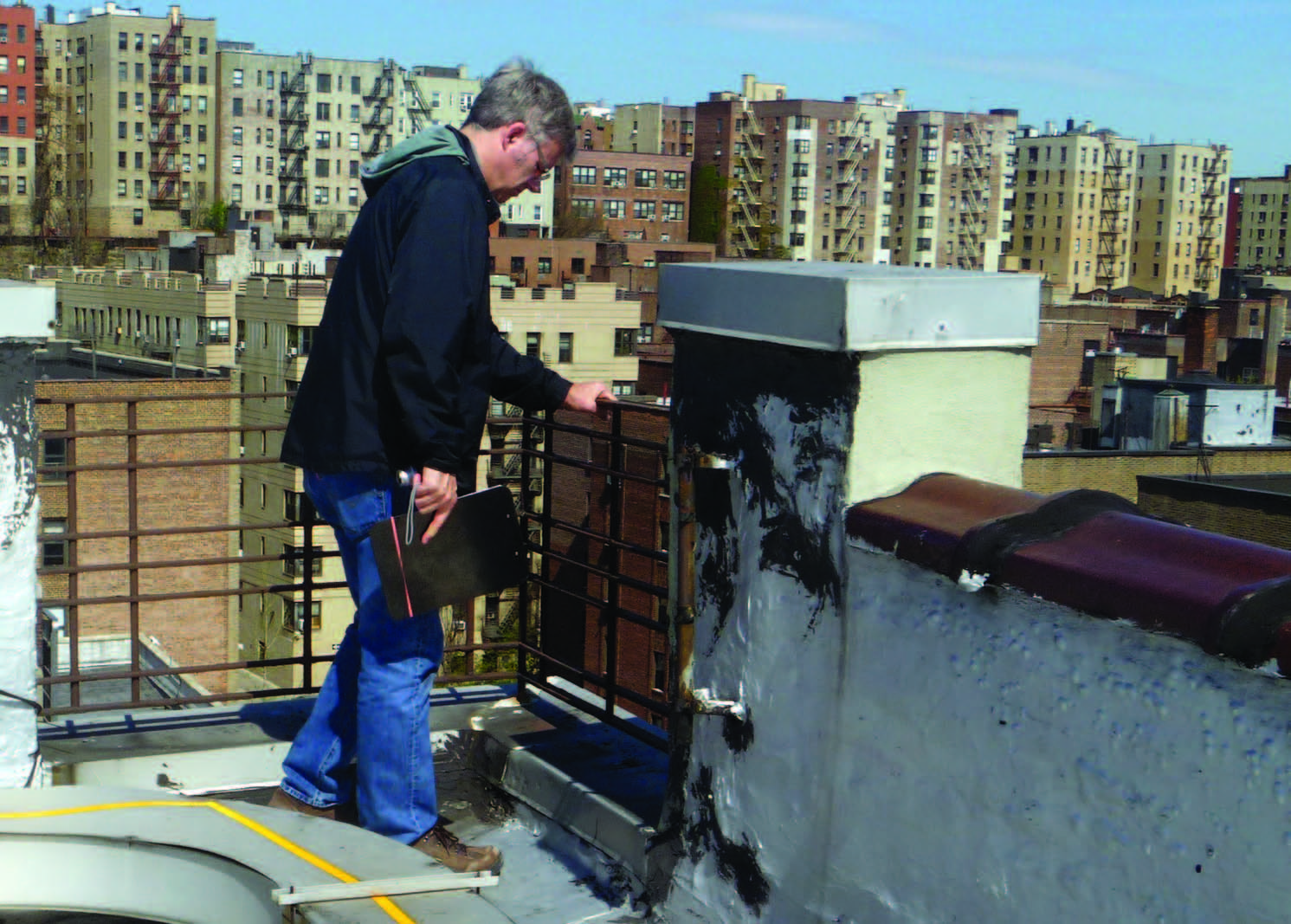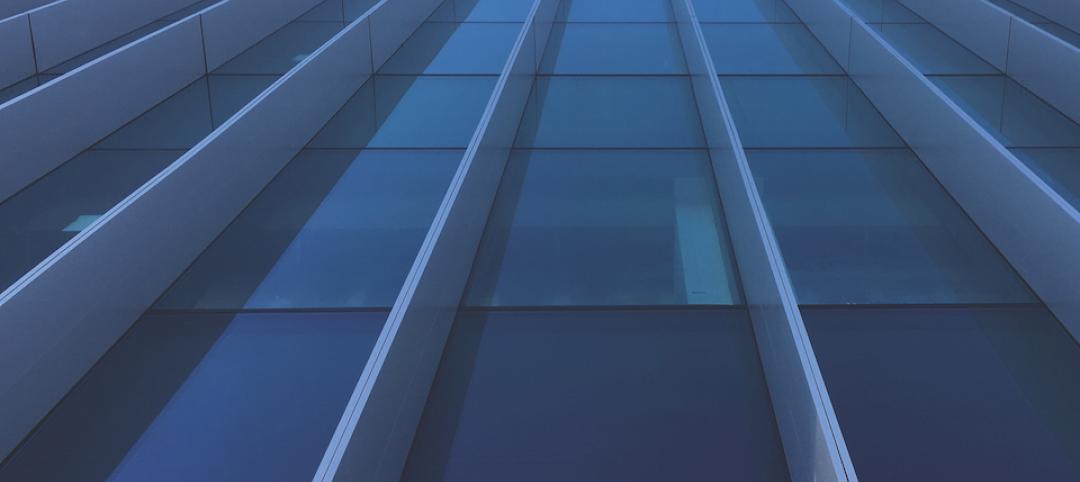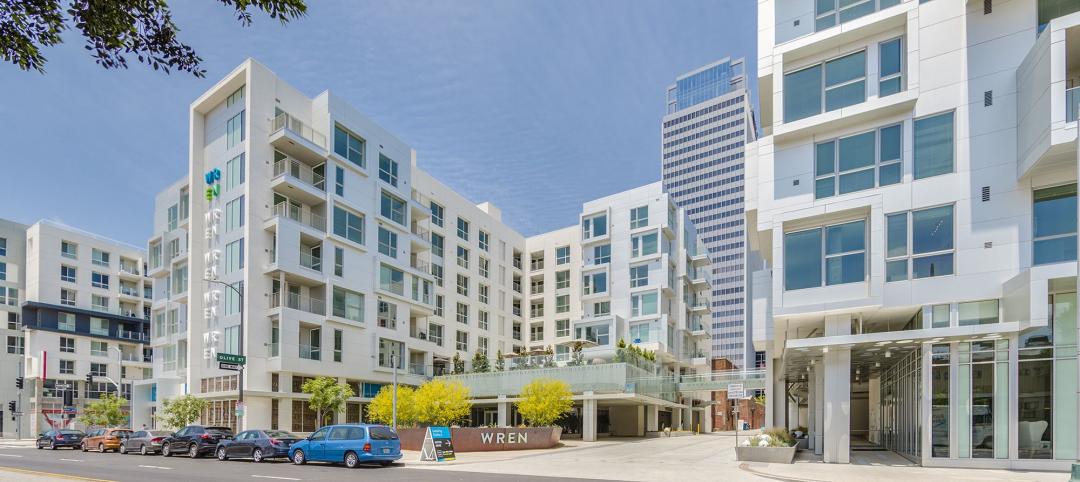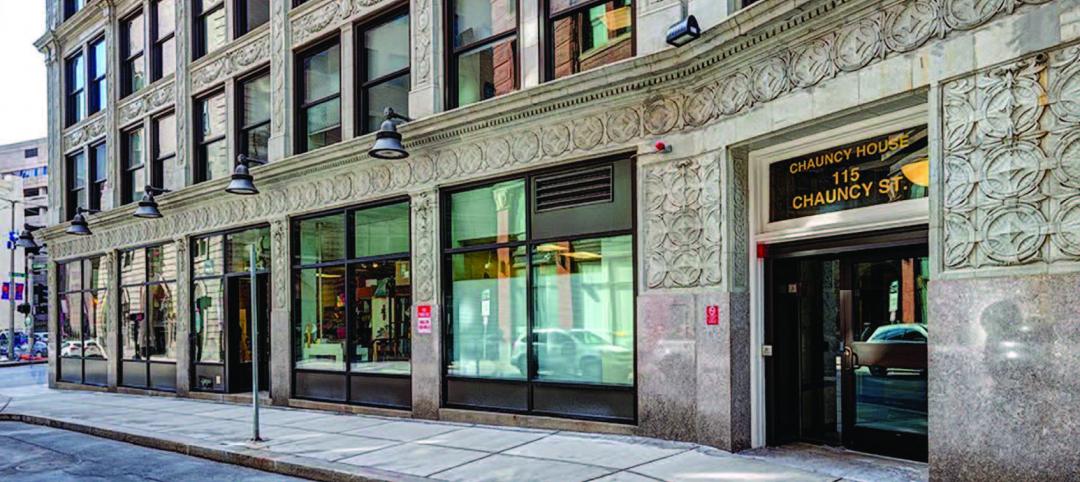While state and local building, fire, and occupational safety codes have the effect of making roofs, balconies, and terraces more secure for users, the tangled web of requirements can wreak havoc with a building owner’s exterior envelope project.
Where existing railings—also known as guards—need replacement to meet stringent code requirements, the expense of thousands of linear feet of new railings can be an unexpected blow to a project budget.
Lacking familiarity with current requirements, some owners or managers complete a roof or balcony rehabilitation, only to learn after the fact that they need to tear noncompliant railings out of their new roof or terrace and install new ones.
The best strategy is to learn how railing regulations could impact the scope, logistics, and schedule of a building envelope project—and its cost.
LEARNING OBJECTIVES
After reading this article, you should be able to:
+ Distinguish among various code requirements for railings to determine applicable standards.
+ Apply the Secretary of the Interior’s Standards for the Treatment of Historic Properties.
+ Evaluate existing balcony and roof railings for signs of distress and failure, and diagnose the probable cause of deficiencies.
+ Implement appropriate strategies for railing repair, alteration, or replacement to meet building code requirements.
About the Authors: John P. Graz, AIA, is a Senior Architect with , Inc., with more than 20 years leading project teams in architectural design and restoration. Rachel C. Palisin, PE, LEED AP BD+C, is a Project Engineer with Hoffmann Architects, based in the firm’s New York City office.
TAKE THIS FREE AIA COURSE AT BDCUNIVERSITY
Related Stories
BD+C University Course | Aug 1, 2019
Design and construction of cannabis facilities [AIA course]
AEC firms are rushing to fill orders for cannabis facilities in the 33 states where the sale of medical marijuana is now legal. This course is worth 1.0 AIA learning units.
BD+C University Course | Jul 12, 2019
Roofing Drainage Systems [AIA course]
While the various layers of the roof assembly play a key role in keeping moisture from infiltrating into the interior, adequate weather protection also depends on the roof’s ability to drain moisture away from the building. This course is worth 1.0 AIA LU/HSW.
BD+C University Course | Jul 8, 2019
Value engineering: Where quality meets cost control [AIA course]
This course covers the history of value engineering, the benefits it provides, and the value engineering methodology.
BD+C University Course | Jul 8, 2019
Shadow box design: To vent or not to vent [AIA course]
A curtain wall shadow box is a spandrel assembly consisting of vision glass at the building exterior and an opaque infill at the interior side of the curtain wall system. This course is worth 1.0 AIA LU/HSW.
BD+C University Course | May 30, 2019
Creating real estate value with commercial office reconstruction [AIA course]
Leading owners, developers, and project teams are employing thoughtful upgrades to older buildings to create meaningful spaces that help attract and retain top tenants—and their best people.
BD+C University Course | May 10, 2019
Designing behavioral health facilities [AIA course]
Recent gun violence, the opioid epidemic, and other social issues with significant behavioral health implications underscore the need for behavioral health facilities.
BD+C University Course | Apr 24, 2019
Sandwich cladding primer [AIA course]
Learn about the differences in design, structural integrity, and insulating capacity between various types of sandwich claddings. This AIA CES course is worth 1.0 learning units.
BD+C University Course | Apr 23, 2019
Multifamily, mid-rise buildings using wood construction [AIA course]
This AIA CES course outlines the reasons for the rising popularity of wood in multifamily buildings; reviews code compliance and fire safety considerations; and discusses techniques for successful wood building designs.
BD+C University Course | Apr 17, 2019
Urban placemaking: Building equity by design [AIA course]
The U.S. is in the midst of an urban renaissance. People are returning to cities, sparking new investment and growth.
BD+C University Course | Apr 9, 2019
Storefront rehabilitation and design [AIA course]
Rehabilitation and design of storefront systems demands consideration of many factors, from thermal performance and operability to historic landmark sensitivity and appearance.



![Design and construction of cannabis facilities [AIA course] Design and construction of cannabis facilities [AIA course]](/sites/default/files/styles/list_big/public/AIAcourse.jpeg?itok=ZkXjS2TC)
![Roofing Drainage Systems [AIA course] Roofing Drainage Systems [AIA course]](/sites/default/files/styles/list_big/public/February%202019%20Roof%20Drainage%20AIA%20course.jpg?itok=RYwfJnqS)


![Creating real estate value with commercial office reconstruction [AIA Course] Creating real estate value with commercial office reconstruction [AIA Course]](/sites/default/files/styles/list_big/public/AIABDC0518_0.jpg?itok=zjrOx1W1)
![Designing behavioral health facilities [AIA course] Designing behavioral health facilities [AIA course]](/sites/default/files/styles/list_big/public/AIA_BDC0418.jpg?itok=vALIzijY)
![Sandwich cladding primer [AIA course] Sandwich cladding primer [AIA course]](/sites/default/files/styles/list_big/public/sandwich%20cladding%20course.jpg?itok=4xiFy5jk)

![Urban placemaking: Building equity by design [AIA course] Urban placemaking: Building equity by design [AIA course]](/sites/default/files/styles/list_big/public/Rudy%20Brunder%20project.jpg?itok=X0fWTMv1)





